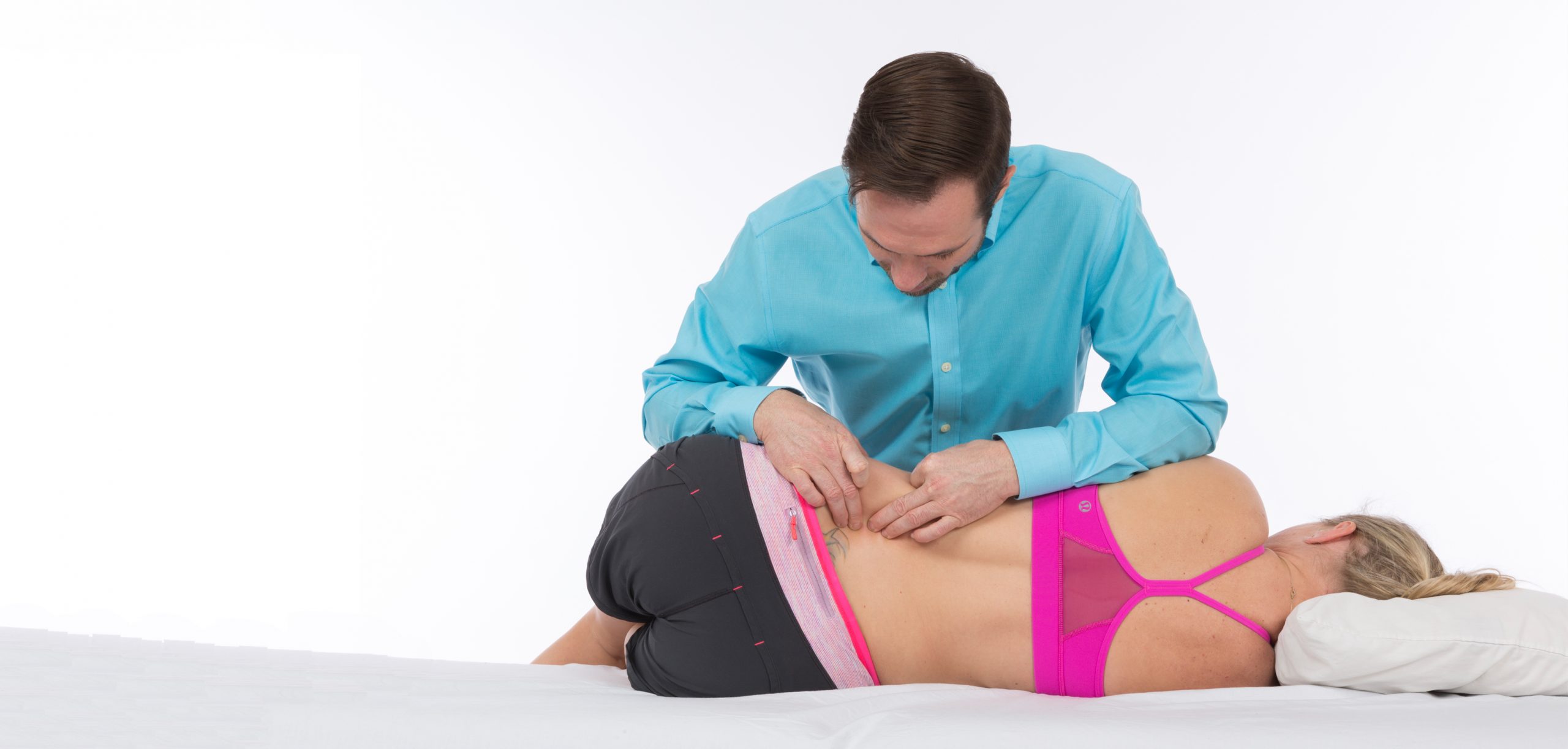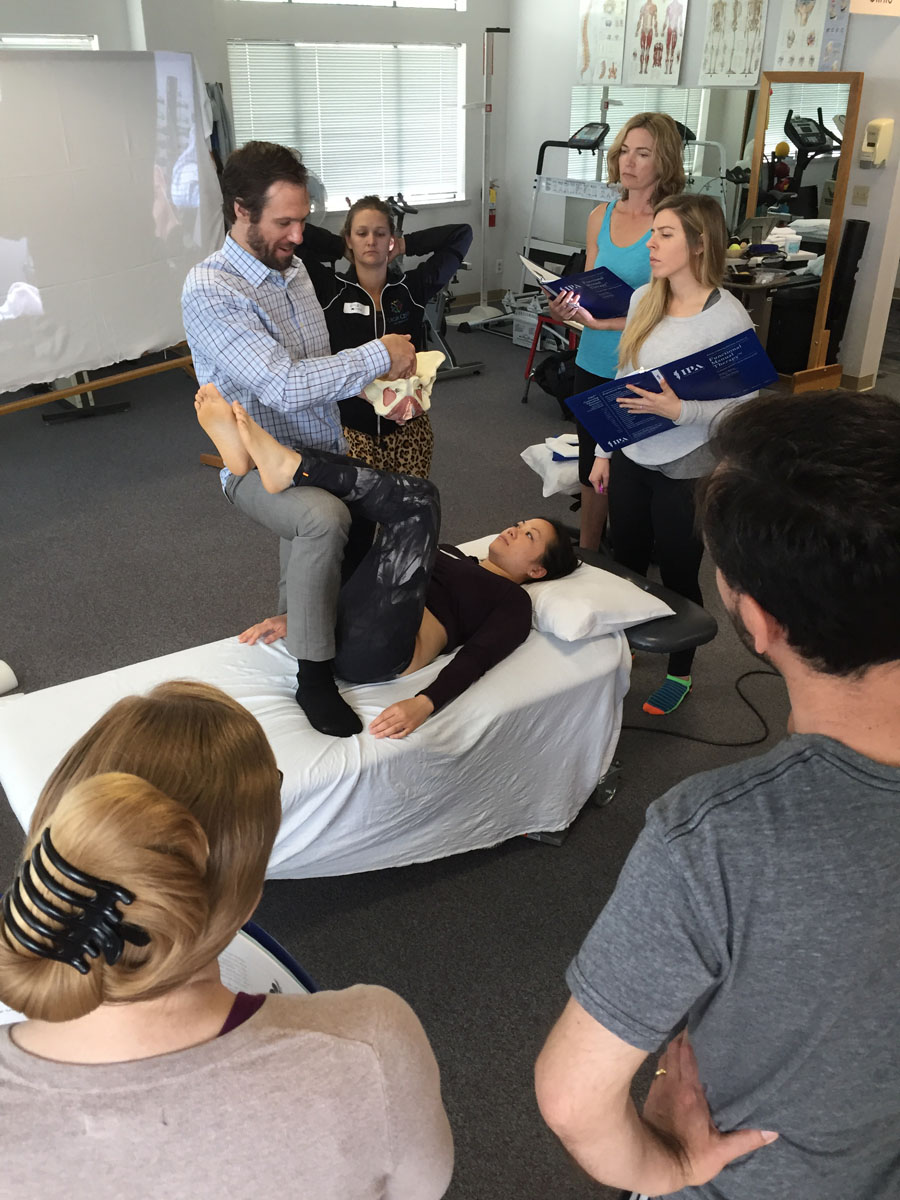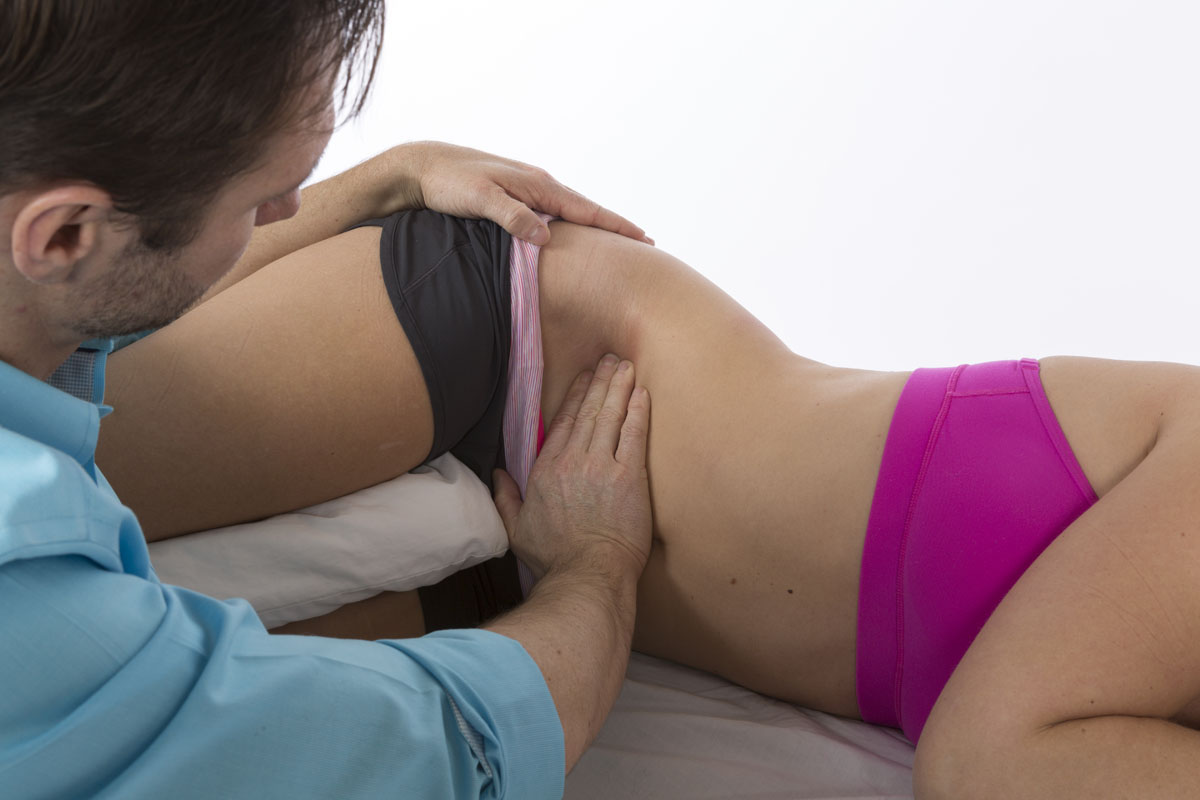Register Early and SAVE on In-Person Courses
Super Early-Bird: Register 60+ days before the course & save $100!
Early-Bird: Register 30-60 days before the course & save $50!
PGP offers a broad introduction to the Functional Manual Therapy® system of patient care with an intensive focus on the anatomical region of the pelvis. This lab-intensive course blends material from a spectrum of the core curriculum courses and then expands upon that material providing additional techniques and concepts not presented in the core-curriculum classes. PGP is designed to meet the needs of both individuals new to IPA, and those seeking to expand their knowledge beyond the core-curriculum of IPA.
In the IPA Functional Manual Therapy® (FMT) paradigm, the pelvis functions as the central axis of both movement and stability, creating far-reaching influences on movement. Therefore, to optimize human motion and stability, one must understand and assess the full-body impact of pelvic structure and function.
PGP explores the biomechanical and functional impact of the pelvis on the kinetic chain both above and below the pelvis. Through demonstration and supervised lab sessions, the participant will develop advanced skills of evaluation, differentiation of mechanical, neuromuscular, and motor control dysfunctions, and implementation of an appropriate plan of care and utilization of Functional Mobilization techniques to treat identified dysfunctions. Systematic functional and structural pre and post-assessments objectify the effectiveness of each intervention. The systematic FMT® treatment approach instructed in all IPA courses allows for seamless transitions between evaluation and treatment of identified impairments as an ongoing process in a session-to-session (reflection-on-action) and moment-to-moment (reflection-in-action) basis.
Objectives
By the end of the course, participants will be able to:
- Identify the biomechanical and functional relationship of the pelvis to the trunk and extremities
- Differentiate and treat soft tissues, joints, and viscera of the pelvic region
- Identify, describe, assess, and treat the eight (8) specific biomechanical motions of the innominate (including abduction and adduction)
- Identify, assess, and treat the specific functional and accessory motions of the sacrum in relationship to both L5 and each innominate
- Identify, assess, and treat the specific functional and accessory motions of the coccyx
- Examine the implications of coccyx mobility on the kinetic chain and total body function
- Seamlessly integrate appropriate neuromuscular re-education and motor control training following each mobilization
- Synthesize the information gained through objective and subjective evaluations to create a realistic prognosis for each patient
- Develop a dynamic home program, relevant to each identified pelvic girdle dysfunction
- Analyze and discuss clinical evidence and current literature related to the pelvic girdle for assessment and treatment.








